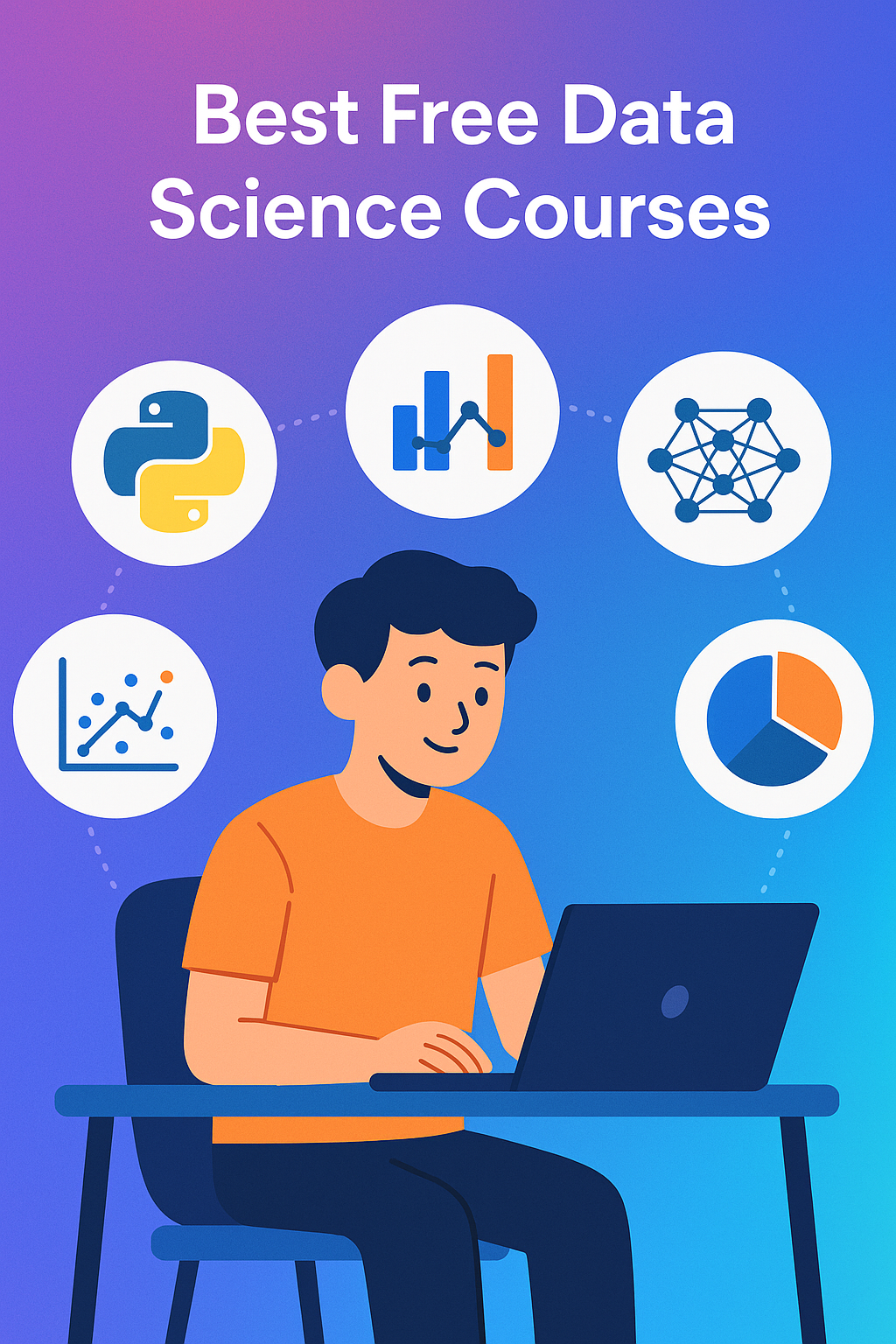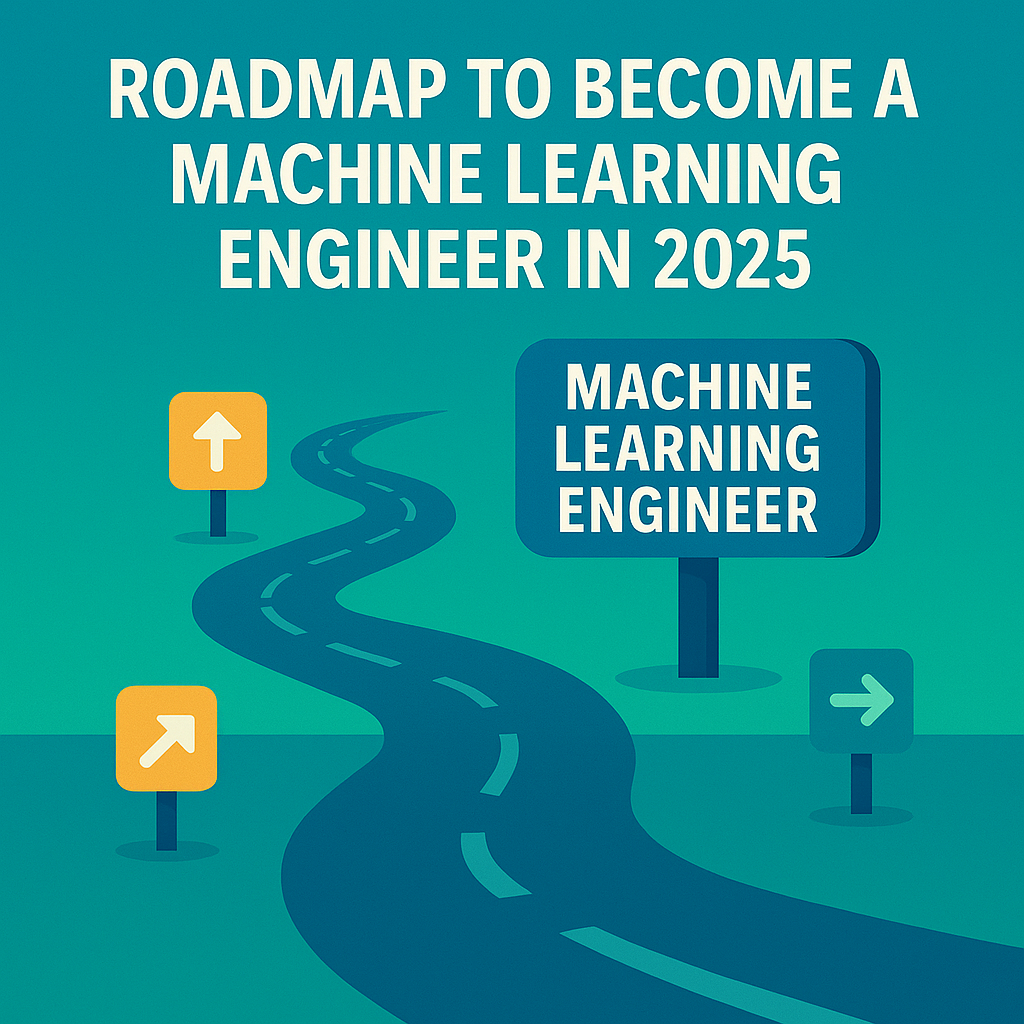
Machine Learning Explained
- Understanding Machine Learning: Definitions, Algorithms, and Skills Required
- Defining Machine Learning
- Machine Learning Algorithms: A Deep Dive
- Supervised Learning
- Unsupervised Learning
- Comparative Overview: Supervised vs. Unsupervised Learning
- Skills Required for a Successful Machine Learning Practitioner
- The Intersection of Machine Learning and Recruitment
- Conclusion
- FAQ
Understanding Machine Learning: Definitions, Algorithms, and Skills Required
Estimated Reading Time: 5 minutes
- Machine learning is a key technology in revolutionizing industries, especially recruitment.
- It primarily revolves around supervised and unsupervised learning algorithms.
- Essential skills for machine learning include mathematics, programming, and domain knowledge.
- Machine learning can significantly enhance recruitment processes through data-driven decisions.
Table of Contents:
- Defining Machine Learning
- Machine Learning Algorithms: A Deep Dive
- Supervised Learning
- Unsupervised Learning
- Comparative Overview: Supervised vs. Unsupervised Learning
- Skills Required for a Successful Machine Learning Practitioner
- The Intersection of Machine Learning and Recruitment
- Conclusion
- FAQ
Defining Machine Learning
At its core, machine learning is a branch of artificial intelligence (AI) that enables computers to learn from data autonomously—detecting patterns, making predictions, and adapting without human intervention. According to GeeksforGeeks, machine learning allows algorithms to uncover hidden patterns within datasets, adapt to new data, and improve performance over time.
The principal aim of machine learning is generalization—building models that perform well not just on known data but also on real-world, unseen datasets (source). It underpins various modern applications, from recommendation systems to fraud detection and, indeed, recruitment.
Machine Learning Algorithms: A Deep Dive
Machine learning algorithms operate as sets of instructions that enable computers to learn from data, recognize patterns, and enhance their accuracy over time. These algorithms are mainly categorized based on their learning paradigms, which include:
- Supervised Learning
- Unsupervised Learning
- (Less commonly) Semi-supervised Learning and Reinforcement Learning (source).
Supervised Learning
In supervised learning, algorithms are trained on labeled data—where the inputs and corresponding outputs are explicitly provided (source). The goal is to establish a mapping from inputs to outputs, allowing the model to predict outcomes for new, unseen data.
- Key Characteristics:
- Input Data: Labeled
- Output: Known/desirable outcomes
- Feedback: Direct feedback is available
- Applications: Applications of supervised learning include classification tasks (e.g., spam detection) and regression tasks (e.g., predicting house prices) (source).
Common Algorithms:
- Linear Regression
- Logistic Regression
- Decision Trees
- Random Forests
- Support Vector Machines (SVM)
- Neural Networks (source).
Unsupervised Learning
Unsupervised learning, on the other hand, involves training the model on unlabeled data; only the input data is provided, with no specified outputs (source). The primary goal is to discover hidden structures or patterns within the data.
- Key Characteristics:
- Input Data: Unlabeled
- Output: Not predefined
- Feedback: No direct feedback
- Applications: Common applications include clustering (e.g., market segmentation), dimensionality reduction (e.g., Principal Component Analysis), and anomaly detection (source).
Common Algorithms:
- K-Means Clustering
- Hierarchical Clustering
- Apriori Algorithm (source).
Comparative Overview: Supervised vs. Unsupervised Learning
| Parameter | Supervised Learning | Unsupervised Learning |
|---|---|---|
| Data type | Labeled | Unlabeled |
| Output | Known | Unspecified |
| Main tasks | Classification, Regression | Clustering, Association |
| Feedback | Yes | No |
| Number of Classes | Known or fixed | Unknown or variable |
| Examples | Email spam filter, Optical Character Recognition (OCR) | Customer grouping, Outlier detection |
Skills Required for a Successful Machine Learning Practitioner
To effectively harness machine learning, professionals typically need a diverse skill set that includes:
- Mathematics & Statistics – Expertise in probability, statistics, linear algebra, and calculus is fundamental to understanding most algorithms and model assessments (source).
- Programming Skills – Proficiency in programming languages like Python or R, along with experience in machine learning libraries (such as scikit-learn, TensorFlow, or PyTorch), is essential (source).
- Data Handling Proficiency – Skills in data cleaning, preprocessing, transformation, and visualization ensure that data is suitable for analysis and model training (source).
- Domain Knowledge – Familiarity with the relevant industry enhances the ability to derive meaningful insights from the models (source).
- Critical Thinking and Problem-Solving Skills – The ability to interpret model outputs, evaluate performance, and diagnose necessary improvements is crucial (source).
- Knowledge of Algorithms – Understanding various ML algorithms—their applications and underlying assumptions—is important (source).
- Communication Skills – Strong communication skills help present findings, explain methodologies, and translate technical results into actionable business insights (source).
The Intersection of Machine Learning and Recruitment
Machine learning is particularly significant in the recruitment industry, offering tools for automating tedious and time-consuming tasks. From candidate sourcing to resume screening and predictive analytics for employee performance, ML algorithms help organizations make data-driven decisions to optimize their recruitment processes.
Practical Takeaways for Recruiters:
- Use supervised learning for predictive analytics—training models with historical hiring data to identify the traits of successful candidates.
- Implement unsupervised learning for clustering candidates based on skills and experiences, ensuring a broader reach for suitable roles.
- Invest in developing the skills mentioned earlier within your recruitment teams to effectively leverage these technologies.
By embracing machine learning, recruitment professionals can significantly reduce bias, enhance candidate engagement, and streamline hiring processes.
Conclusion
Machine learning represents a transformative force across industries, especially in recruitment, where it can greatly enhance efficiency and effectiveness. Understanding the definitions, algorithms, and necessary skills enables HR professionals and business leaders to harness its full potential effectively. At [Your Company Name], we specialize in AI consulting and n8n workflows, helping organizations automate their business processes and unlock new efficiencies through machine learning.
We invite you to explore our services further or contact us for detailed insights into how machine learning can empower your recruitment strategies.
FAQ
What is machine learning?
Machine learning is a subset of artificial intelligence that enables systems to learn from data and improve their performance without being explicitly programmed.
What are some common machine learning algorithms?
Common algorithms include Linear Regression, Decision Trees, K-Means Clustering, and Neural Networks, among others.
How can machine learning be used in recruitment?
Machine learning can automate tasks such as resume screening and candidate matching, making the recruitment process more efficient.
What skills are essential for machine learning practitioners?
Key skills include proficiency in mathematics, programming, data handling, as well as critical thinking and communication skills.
Where can I learn more about machine learning?
Numerous online resources, including courses and tutorials from platforms like Coursera and edX, provide great learning experiences in machine learning.
Amr Abdelkarem
Owner




No Comments